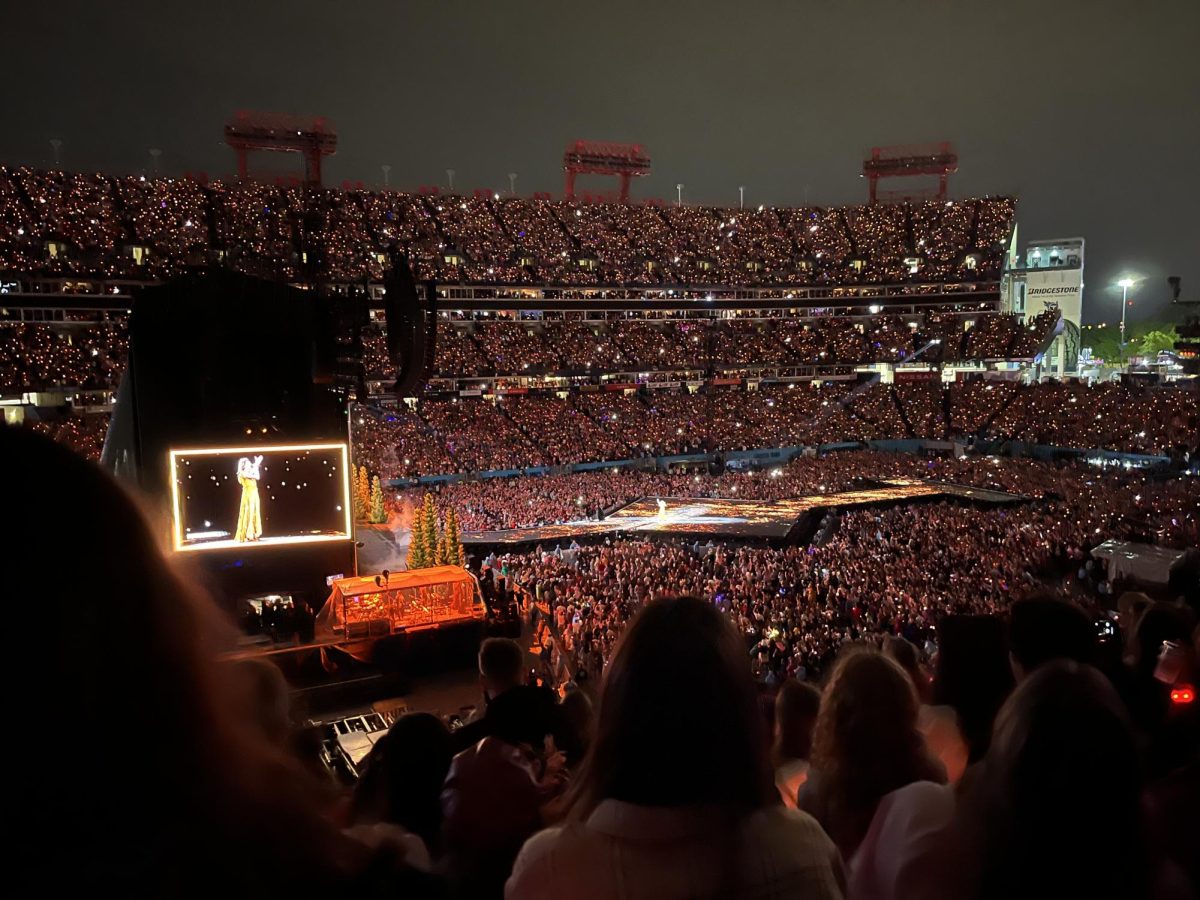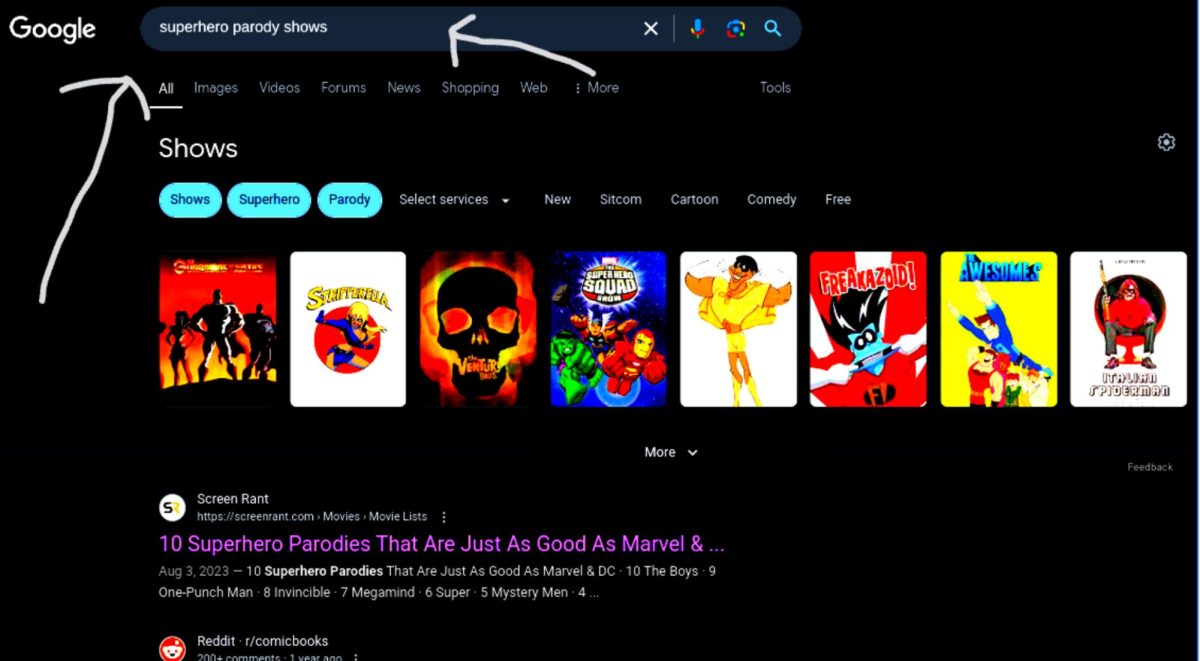In 2012, “Gangnam Style” by PSY was the first ever Youtube and music video to achieve one billion views on December 21, 2012. The song parodies wealthy people traversing the streets of Gangnam, an extravagant and lavish district also known as “South Korea’s Beverly Hills.” What people didn’t know was that “Gangnam Style” was a K-pop style song.
The top music genres as of late are hip-hop/rap, pop, rock music, country and electronic dance music (EDM). These genres continue to influence and grow, mixing and combining with new sounds and reforming to modern trends.
One genre in particular has taken the music industry by storm since the 1990s. K-pop, also known as Korean pop, is a popular genre of music that stems from South Korea. The genre is a blend of a variety of styles globally that includes genres such as pop, hip-hop, R&B, jazz, rock and EDM.
High school students are discovering the genre.
“I’ve been a fan of bands like Tomorrow x Together (TXT) and Wave to Earth.” Isabel McDavitt (’25), an avid listener of K-pop, said.
Other students, like Anya Jhingran (‘26), have never listened to K-pop while others, like Amelia Rogers (‘27), have some experience.
“A little bit, maybe sometimes.” Amelia Rogers (‘27) said.
K-pop differs from Western pop as they place focus in different areas. They vary when it comes to group dynamics, music styles and performance focuses.
K-pop idols often have groups with multiple members, while Western pop mainly consists of solo artists.
K-pop idols are known for their appealing visual concepts and polished dance choreographies. Western pop artists have a wide range of music styles, but lean more towards individual expression.
Western artists are known for their powerful and stylistic vocals while K-pop idols, on the other hand, focus on technical skills involving stage presence, facial expressions and overall performance.
Cultural influences also differentiate K-pop music from other genres.
“I like the cultural aspect of K-pop, which I think makes it stand out from American pop music culture,” McDavitt said. “You’re much more tied to the artist, as equally as the music.”
K-pop music videos are produced with exceptional quality. They have visually appealing aesthetics, with idols stylized in fashionable fits unique to their concept, and choreography being performed exclusively to the song.
Listeners are drawn to K-pop for a variety of reasons.
“I guess a combination of visuals and the popularity surrounding it already.” Jhingran said.
“Probably just how the music sounds, the instruments used, and also the lyrics.” Rogers said.
In 2019, popular South Korean boy band, BTS was the first South Korean group to stage a performance at the Grammys. On August 31, 2020, BTS’s “Dynamite” was the first Korean act to reach No.1 on the Billboard Hot 100 chart. On May 24, 2018, just six days after its release, BTS’s album “Love Yourself: Tear” rose to the top on the Billboard 200 chart.
Other popular K-pop groups that have appeared on Billboard charts consist of BLACKPINK, TXT, TWICE and Stray Kids.
Besides its catchy and upbeat music, along with striking music videos, the Korean music industry also has an “idol system.”
The “idol system” has entertainment companies training and managing idols. K-pop idols are trained singers, rappers, and dancers from these companies. They can work as solo or group artists. Besides performing music, idols also act, model, or host in shows.
The components to becoming a K-pop idol is not an easy feat for many. Agencies scout for prospective trainees through open auditions, events, online platforms, or maybe even through a convenience store if the prospect was eating a snack. People who successfully pass become trainees and train for a few months to years. Once time comes, the trainee can sign a contract with the agency. Agency workers will assess the trainee’s progress to see if they have the potential to debut. Yet, even then, not all trainees debut and may leave the company.
Building on 2012’s “Gangnam Style,” K-pop has only continued to flourish. The recent 2024 song, “APT” by Rosé and Bruno Mars reached one billion views within 105 days. This record breaks PSY’s “Gangnam Style” that attained the milestone in 158 days. This makes “APT” the new fastest K-pop music video to achieve this record.
K-pop as a whole will continue to influence fashion styles, music trends, language, and culture.
PLEASE VISIT THE SPARTAN SENTINEL’S SPOTIFY CHANNEL FOR A K-POP PLAYLIST.








